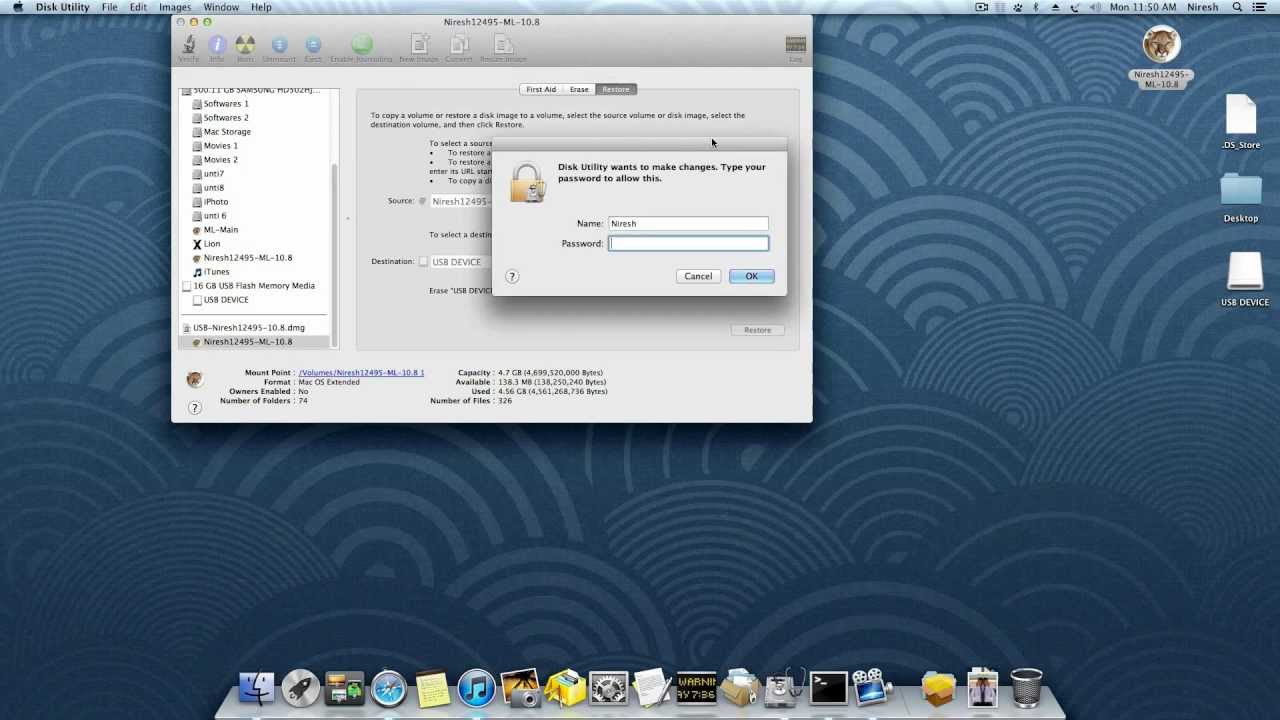
Sudo '/Applications/Install macOS Ventura.app/Contents/Resources/createinstallmedia' -volume '/Volumes/Untitled' Please note this will erase the entire USB drive. Once you've verified that you have the full installer, launch Terminal from the Applications:Utilities folder.Įxecute the following command in the Terminal window to create a macOS Ventura installer, replacing 'Untitled' with the name of your USB key. You can delete it and use one of the direct download links found here. You can delete it, upgrade to the latest version of Monterey from the Mac App Store, then redownload the installer.ģ. You can run it to install macOS Ventura and then redownload the installer.Ģ. If it's tiny (~20MB), you have a few options.ġ. If the macOS Ventura installer app is over 10GB, skip to the next step. Press Command+i on the keyboard and verify its size. Open your Applications folder and select the ' Install macOS Ventura' app. Once the macOS Ventura installer launches, press the Command+Q keys on the keyboard to exit. You may be brought to a Software Update window, click Upgrade Now or Download to begin downloading the macOS installer. Navigate to the macOS Ventura application page and click the Get button to download macOS Ventura. You can now quit Terminal and eject the volume.To create a bootable installer, connect a 16GB or larger USB flash drive (formatted to Mac OS Extended) to your computer, then launch the Mac App Store from your dock.

When Terminal says that it's finished, the volume will have the same name as the installer you've downloaded, such as Install macOS Monterey.After the volume has been erased, you may see an alert stating that Terminal would like to access files on a removable volume.Terminal shows the progress as the volume is erased. When prompted, type Y to confirm that you want to erase the volume, then press Return.

Terminal doesn't show any characters as you type.

Plug in the USB flash drive or other volume that you're using for the bootable installer.


 0 kommentar(er)
0 kommentar(er)
